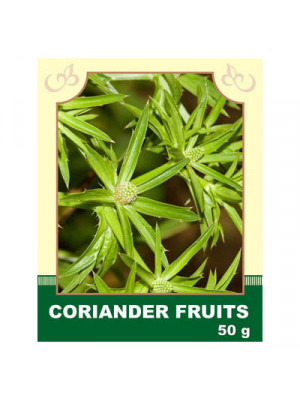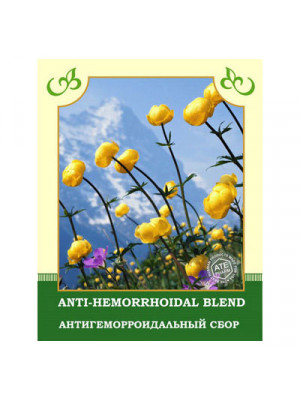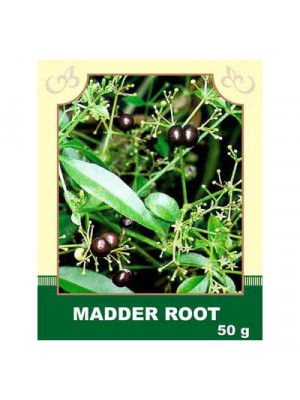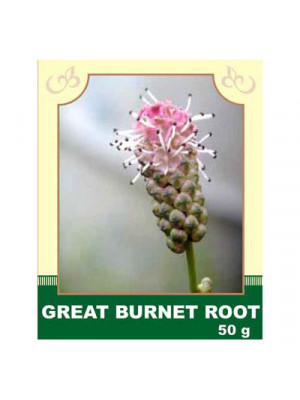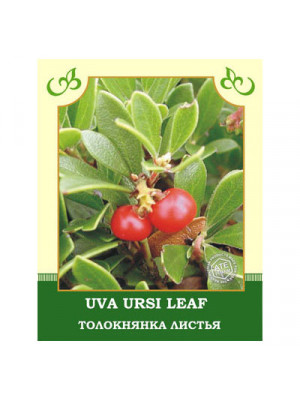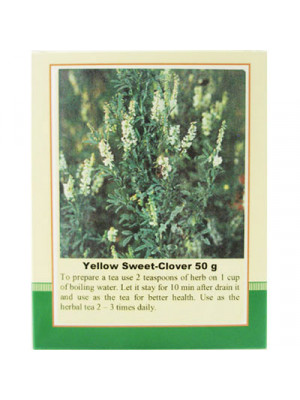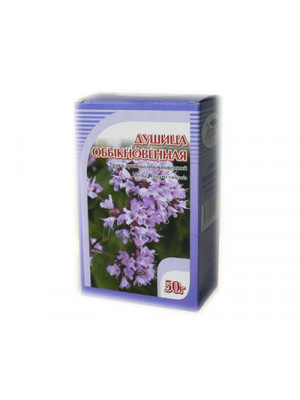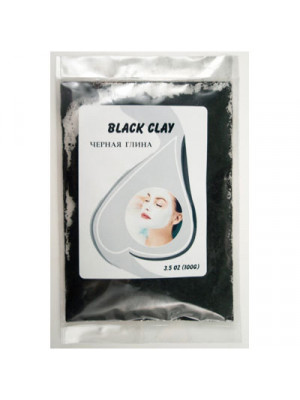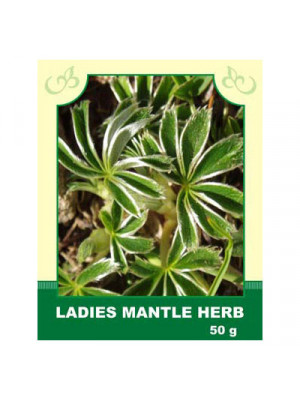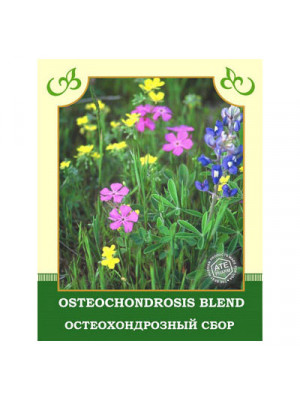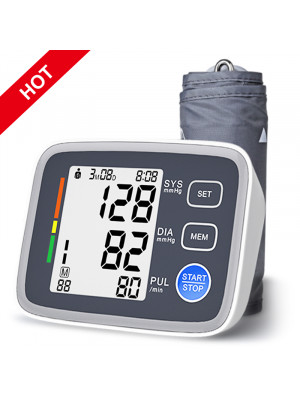Search results for 'Black Currant Leaf 50g'
Internally, the infusion improves digestion and is used for gastritis, stomach ulcers, and duodenal ulcers. Widely used in cooking as a spice and for preserving food.
Method of application and dosage: Steep 1 tablespoon in a cup of boiling water or hot milk for 1 hour, strain, sweeten to taste. Take 1/4 cup 4 times a day, hot.
Contraindications: individual intolerance.
$6.99Composition: senna, yarrow, dogwood bark, coriander, licorice.
Used for hemorrhoids (in uncomplicated and complicated forms), atonic constipation, intestinal colic, intestinal dysbiosis.
$5.40Internal Use:
It gradually loosens and breaks down kidney, bladder, and gallbladder stones without significantly affecting blood pressure and breathing. It enhances heart contractions without noticeably affecting heart rhythm. It has diuretic and anti-inflammatory effects in the treatment of pyelonephritis, nephritis, and cystitis. It helps eliminate salts from the joints of the hands and legs. Under the influence of marjoram, urine turns pink-red, and stones come out in flakes.
Method of Application and Dosage: Infuse 1 teaspoon of crushed raw material in 200 ml of cold water, infuse for 8 hours, then strain the extract, and the raw material is re-infused with 200 ml of boiling water. After 15 minutes, strain again. Both infusions are mixed and consumed in several doses throughout the day before meals.
Contraindications: Individual intolerance, overdose is not allowed. Limit the consumption of products containing an excess of oxalic and citric acids. It is recommended to consume boiled meat, fish, vegetable oil, cereal dishes, beets, cucumbers, watermelons, melons, non-acidic varieties of apples, pears, plums, as marjoram can damage teeth. It is advisable to drink infusions through a straw and rinse your teeth.
$6.99Internally, it is taken as a binding, hemostatic, anti-inflammatory, analgesic, and bactericidal agent for inflammations of the mucous membranes, significant disorders of the functional activity of the stomach, intestines, diarrhea, hemorrhoids, uterine bleeding, and inflammatory skin processes. Steamed crushed roots are used for poultices in boils and leg ulcers.
Method of application and dosage: Pour 2 tablespoons of raw material into 200 ml of boiling water, heat on a water bath with a closed lid for 30 minutes, infuse for 10 minutes at room temperature. Strain and take 1 tablespoon 5-6 times a day.
Externally, steamed crushed roots are used for poultices in boils and leg ulcers. For douching, which is carried out 1-2 times a day, the decoction is diluted with warm boiled water (take 100 ml of the decoction for 900 ml of water). For leg ulcers, thrombophlebitis, make compresses from the plant's tincture on 20% alcohol. Rinse children's eyes with a decoction and make compresses for conjunctivitis.
Contraindications: individual intolerance.
$6.99Internally: Used as a diuretic for cardiac edema, antiseptic for diseases of the urinary tract and bladder. The tincture is recommended for use in diseases of the nervous system, alcoholism, and as a remedy to normalize sleep. It is also used as a therapeutic and analgesic for joint rheumatism, gout, and malignant tumors.
Method of application and doses: Infusion: Place 1 tablespoon of raw material in an enameled dish, pour 200 ml of hot boiled water, heat in a water bath for 15 minutes, cool at room temperature for 45 minutes, strain. The volume of the resulting infusion is brought to 200 ml with boiled water. The prepared infusion is stored in a cool place for no more than 2 days. Take 1/3-1/2 cup 3-5 times a day 40 minutes after eating.
Externally: In the form of baths and washes for diathesis and purulent wounds.
Contraindications: Individual intolerance, during pregnancy and in case of glomerulonephritis. Prolonged use is not recommended. Consult a specialist for kidney diseases.
$6.99- It helps promote lymphatic drainage and reduces fluid retention, particularly in the tissues of the vein wall.$6.99
- Oregano herb contains volatile oils, tannins, ascorbic acid. Oregano is usually thought of as a culinary herb, but it has been used medicinally for thousands of years. Oregano is a powerful antiseptic; it also has calming, diuretic, cholagogic properties.$6.99
- The best and most active clay. Superior absorbency capacity, cleanses, clarifies and purifies the skin. It's use gives remarkable results. Suitable for all skin types. Use: to use, mix clay with purified water, to make a paste. Apply to the face or body, allow to dry, and rinse off. Essential oils, herbs, and milk powders can also be added to the mixture. Be cautious, because clay may stain fabric. Contains: 100% pure natural black clay. Store in a cool dry place. Keep out of reach of children.$6.99
Taken internally:
It is used for the treatment of the following conditions:
- Acute and chronic bronchitis;
- Chronic gastritis with secretory insufficiency;
- Colitis;
- Enteritis;
- Diarrhea;
- Edema of renal and cardiac origin;
- Chronic pyelonephritis;
- Cystitis;
- Internal bleeding;
- Stomach indigestion;
- Intestinal bloating.
For diabetes, it helps maintain a stable normal blood sugar level without the use of any medicinal drugs.
Method of application and dosage: Infuse 2 teaspoons of dried, crushed herbs in 1 cup of boiling water, let it steep for 4 hours, strain. Take the infusion in amounts of 1/2 cup 2-4 times a day before meals. Consume for 2 months, then take a 10-day break.
External use:
- In gynecology for leucorrhea;
- For nasal congestion;
- For nosebleeds.
Contraindications: Individual intolerance.
$6.99Composition: linden flowers, calendula, elecampane, yarrow, peppermint.
$6.99


